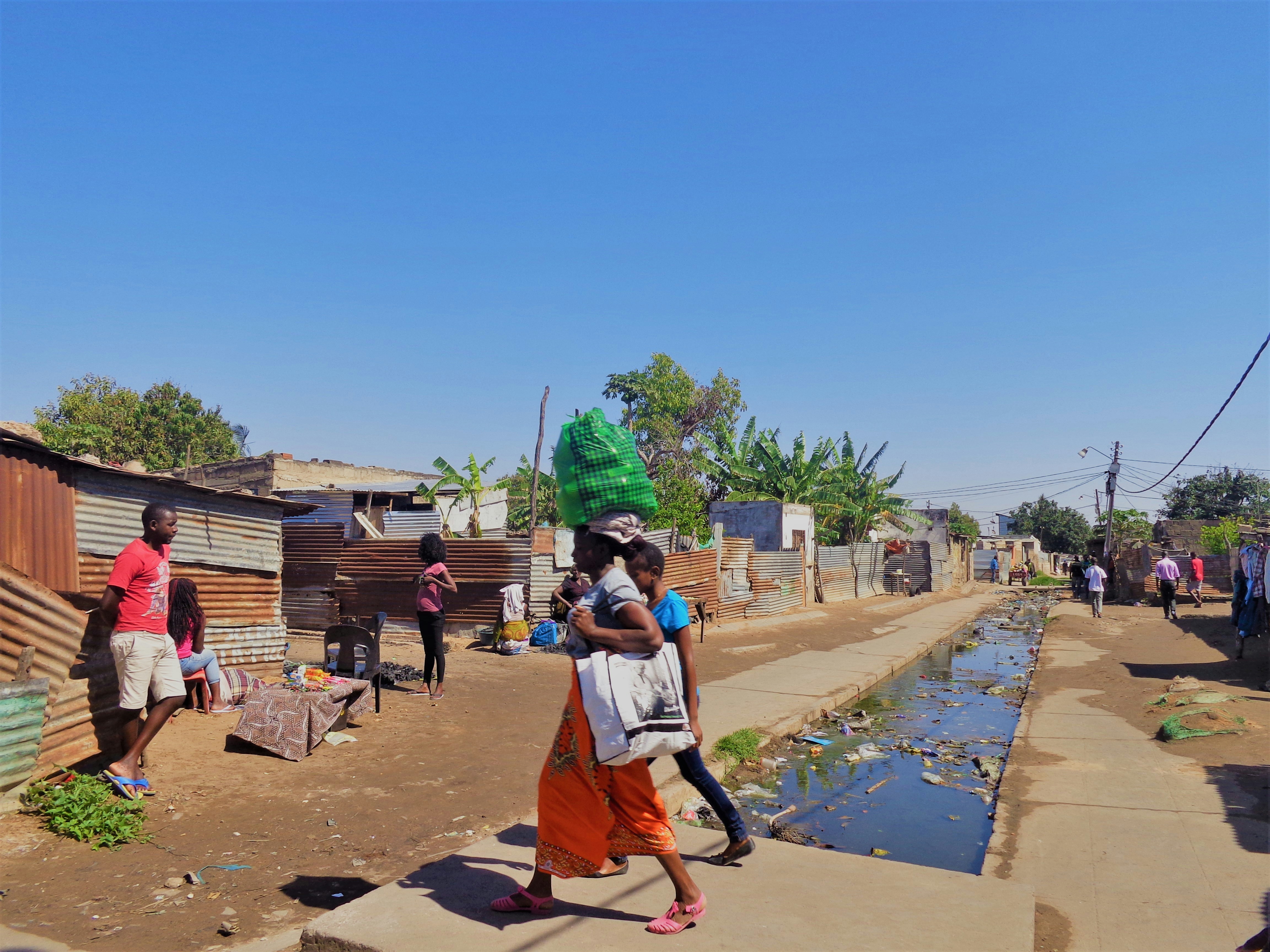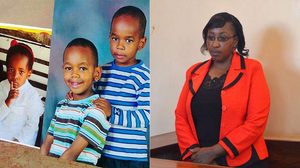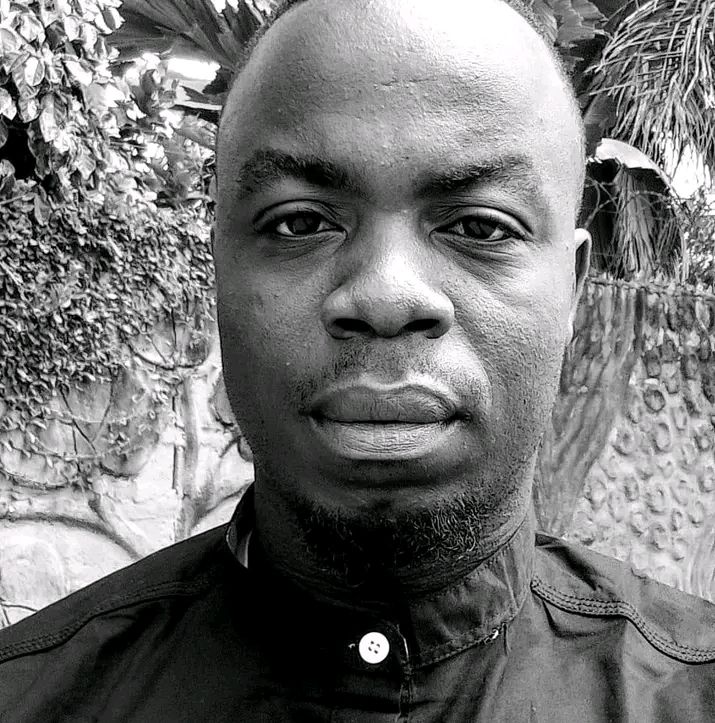
5 Ways Our Community Can Break the Stigma Together
Reading Time: 2min
Mental health stigma is like a wall that keeps people silent and alone. It’s built fonfear, misunderstanding, and old-fashioned ideas. But a wall built by cultural stigma can be taken down one brick at a time.
It starts with us. Here are five ways we can work together to break the stigma and create a more supportive environment for everyone.
1. Change the Conversation: Talk Openly and Honestly
Stigma thrives in silence. The most powerful thing we can do is start talking about mental health as a normal part of life.
How we can do it: Share your own experiences in casual conversation, even the small struggles with stress or a bad day. When we talk about looking after our minds as naturally as we talk about looking after our bodies, we make it normal. This shows others they are not alone.
2. Choose Our Words Carefully: Language Matters
The words we use can either hurt or heal. Using clinical terms as insults or describing someone as "crazy" can be deeply damaging.
How we can do it: Let’s be mindful. Instead of saying "He's so bipolar," we can say, "He's having a tough time." Instead of "She's crazy," we can say, "She's struggling right now." Using compassionate language shows respect and reduces shame.
3. Listen Without Judgment: Be a Safe Space
Sometimes, the bravest thing a person can do is say, "I'm not okay." When that happens, our most important job is to listen.
How we can do it: If someone trusts you enough to open up, don’t interrupt, offer quick fixes, or tell them to "snap out of it." Just listen. Say, "Thank you for telling me," and "I'm here for you." Your quiet support can be a lifeline.
4. Educate Ourselves and Others: Replace Myths with Facts
Many of the stereotypes about mental illness are based on misinformation. We can break these down by sharing the truth.
How we can do it: When you hear a myth like "Depression is just laziness" or "Therapy is only for the severely ill," gently share what you know. Explain that mental health conditions are real medical issues, that recovery is possible, and that seeking help is a sign of strength.
5. Support, Don't Isolate: Include Everyone
Stigma often leads to people being left out or treated differently. True community means making sure everyone feels they belong.
How we can do it: Invite a friend who has been withdrawn to a low-key gathering. In your workplaces and social groups, advocate for policies that support mental wellbeing. Check in on people, not just once, but consistently. Small acts of inclusion remind people that they are valued, not defined by their struggles.
Building a Stronger Community
Breaking stigma isn't about one big gesture. It's about all of us making small, consistent choices to be more kind, more informed, and more open. When we do this together, we don’t just break down a wall—we build a community where no one has to suffer in silence, and everyone feels safe enough to ask for the help they deserve.









